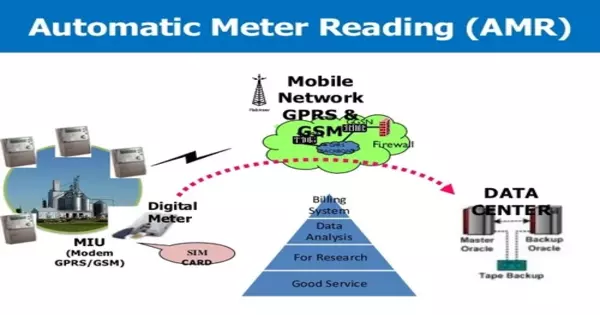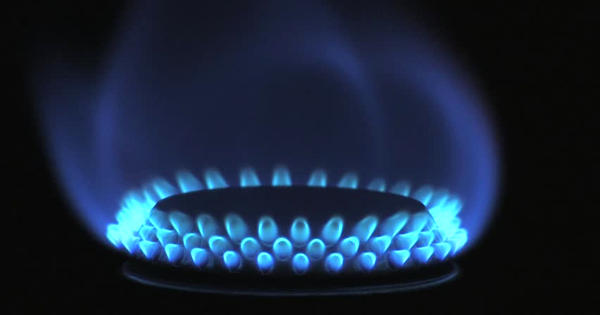Automatic Meter Reading (AMR) is a technology used for the remote collection of utility meter data, such as electricity, gas, or water consumption, without the need for manual meter reading. The technology of automatically collecting consumption, diagnostic, and status data from water meters or energy metering devices (gas, electric) and transferring that data to a central database for billing, troubleshooting, and analyzing. It involves the use of various technologies to capture and transmit meter readings automatically to the utility company or service provider. This technology primarily saves utilities the cost of making periodic trips to each physical location to read a meter.
AMR systems typically consist of three components: the utility meter, a communication module or device attached to the meter, and a central data collection system managed by the utility company. The communication module may use different technologies, such as wired connections (e.g., power line communication) or wireless technologies (e.g., radio frequency, cellular networks) to transmit the meter data.
Another advantage is that billing can be based on consumption in near real time rather than estimates based on past or predicted consumption. This timely information, combined with analysis, can assist both utility providers and customers in better controlling the use and production of electric energy, gas consumption, or water consumption.
AMR technologies include handheld, mobile and network technologies based on telephony platforms (wired and wireless), radio frequency (RF), or power-line transmission.
AMR offers several benefits compared to traditional manual meter reading:
- Efficiency: AMR eliminates the need for manual meter reading, saving time and resources for both utility companies and customers.
- Accuracy: Automated data collection minimizes human errors and provides accurate consumption data for billing and analysis.
- Timeliness: Meter readings can be obtained frequently, allowing for more precise monitoring of consumption patterns and faster response to any issues.
- Cost Savings: By reducing the need for manual reading visits, AMR lowers operational costs for utility companies and can potentially lead to cost savings for customers.
- Enhanced Customer Service: With more accurate and timely data, utility companies can offer better customer service, including real-time consumption information and more accurate billing.
It’s worth noting that AMR is often used interchangeably with Advanced Metering Infrastructure (AMI), which goes beyond data collection to include two-way communication capabilities between the utility company and the meter. AMI enables additional functionalities like remote meter control, load management, and demand response programs.
Overall, Automatic Meter Reading technology plays a crucial role in modernizing utility metering systems, improving efficiency, and facilitating better management of resources in the energy and utilities sector.
















